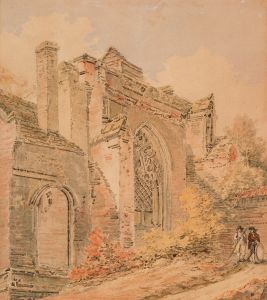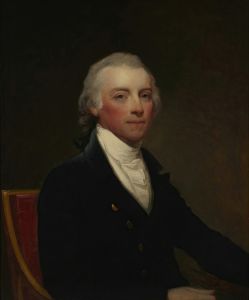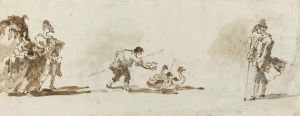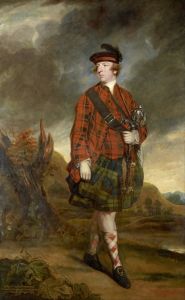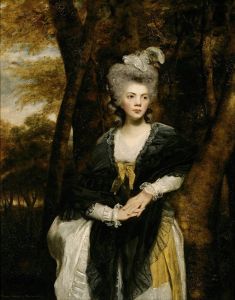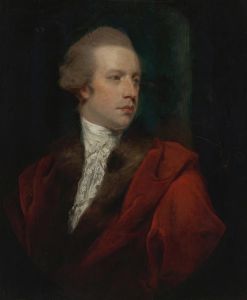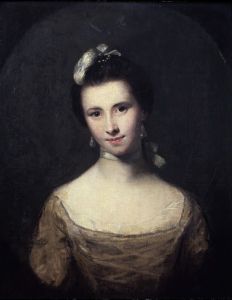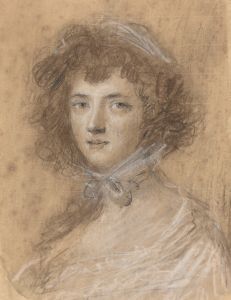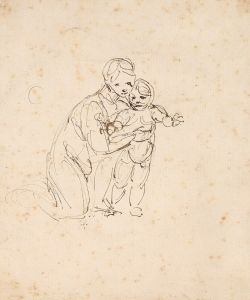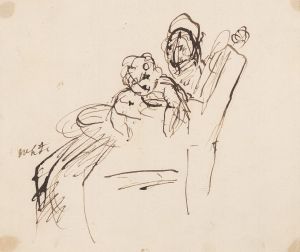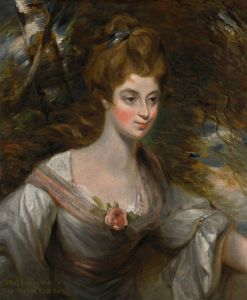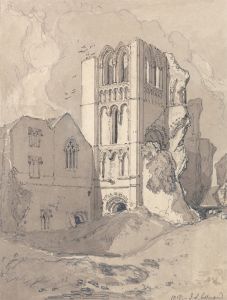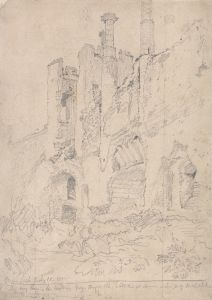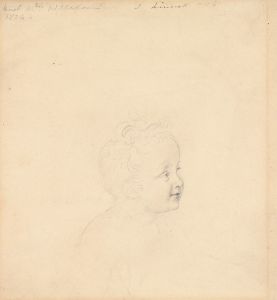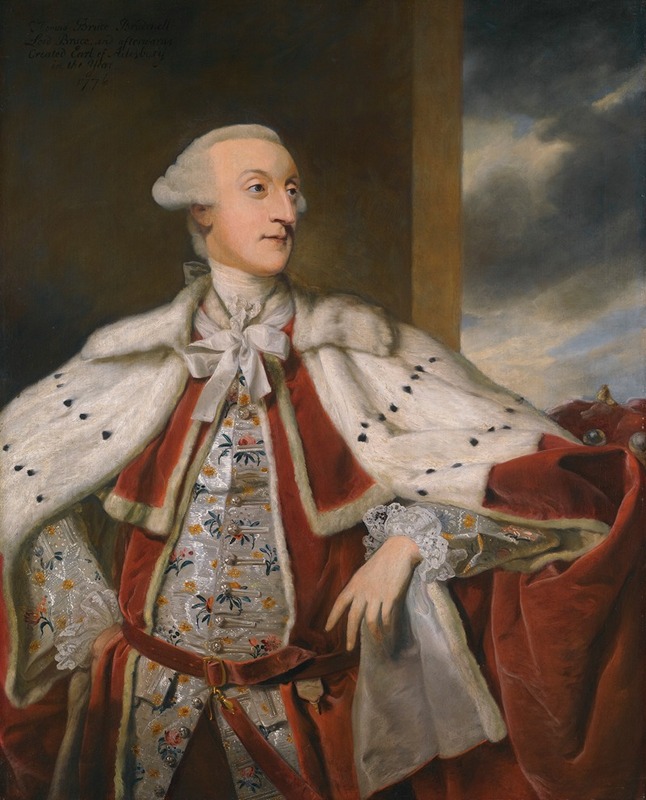
Portrait of Thomas Bruce Brudenell- Bruce, Later 1st Earl of Ailesbury
A hand-painted replica of Sir Joshua Reynolds’s masterpiece Portrait of Thomas Bruce Brudenell- Bruce, Later 1st Earl of Ailesbury, meticulously crafted by professional artists to capture the true essence of the original. Each piece is created with museum-quality canvas and rare mineral pigments, carefully painted by experienced artists with delicate brushstrokes and rich, layered colors to perfectly recreate the texture of the original artwork. Unlike machine-printed reproductions, this hand-painted version brings the painting to life, infused with the artist’s emotions and skill in every stroke. Whether for personal collection or home decoration, it instantly elevates the artistic atmosphere of any space.
The "Portrait of Thomas Bruce Brudenell-Bruce, Later 1st Earl of Ailesbury" is a notable work by Sir Joshua Reynolds, an eminent 18th-century English painter renowned for his portraiture. This painting captures Thomas Bruce Brudenell-Bruce, who later became the 1st Earl of Ailesbury, a significant figure in British aristocracy.
Sir Joshua Reynolds, born in 1723, was a leading portrait artist of his time and the first president of the Royal Academy of Arts. His work is characterized by its grandeur and the ability to convey the personality and status of his subjects. Reynolds was known for his innovative techniques and his ability to blend the styles of the Old Masters with contemporary sensibilities, making his portraits highly sought after by the British elite.
Thomas Bruce Brudenell-Bruce, born in 1729, was a member of the British nobility. He was the son of George Brudenell, 3rd Earl of Cardigan, and Mary Bruce, the daughter of the 2nd Earl of Ailesbury. In 1766, he was created the 1st Earl of Ailesbury, a title that marked his prominence in the British peerage. His life was intertwined with the political and social spheres of the time, and his portrait by Reynolds reflects his status and influence.
The portrait itself is a testament to Reynolds' skill in capturing the essence of his subjects. Although the exact date of the painting is not specified, it likely dates from the period when Reynolds was at the height of his career, between the 1760s and 1780s. In this work, Reynolds employs his signature use of rich colors and dramatic lighting to emphasize the nobility and character of Thomas Bruce Brudenell-Bruce. The composition and pose are typical of Reynolds' style, which often drew inspiration from classical art to convey a sense of timeless dignity.
Reynolds' portraits were not merely likenesses; they were carefully crafted representations that conveyed the social standing and personal attributes of the sitter. In the case of Thomas Bruce Brudenell-Bruce, the portrait would have served as a visual assertion of his status as an earl and a prominent figure in society. The painting would have been displayed in a setting that reinforced his position within the aristocracy, perhaps in a family estate or a public gallery.
The legacy of Sir Joshua Reynolds and his portraits, including that of Thomas Bruce Brudenell-Bruce, continues to be celebrated in art history. His works are housed in major collections around the world, and they remain a testament to the cultural and artistic milieu of 18th-century Britain. The portrait of Thomas Bruce Brudenell-Bruce exemplifies Reynolds' ability to blend artistic skill with social commentary, capturing not only the likeness but also the essence of his subject.





